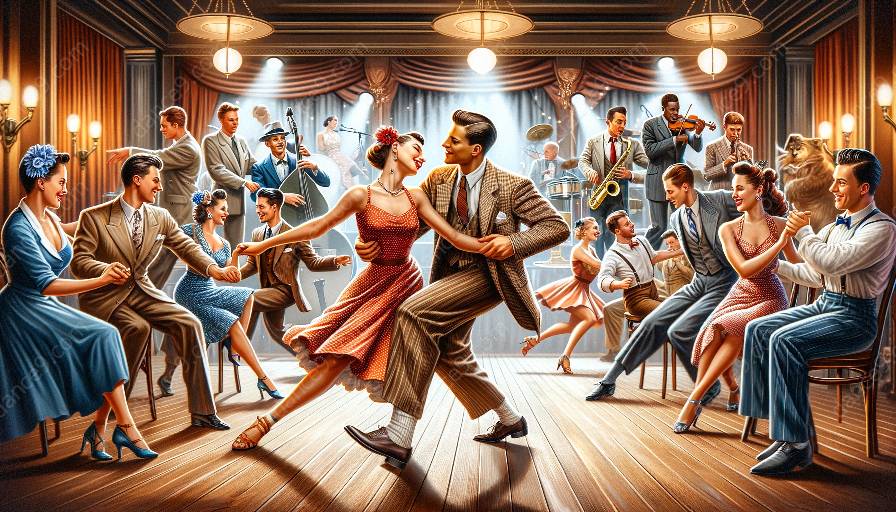Swing dance has become an integral part of the performing arts, providing a unique fusion of movement, music, and culture. This article explores the rich history and cultural significance of Swing Dance and its impact on the performing arts, highlighting the benefits of integrating Swing Dance into dance classes.
History of Swing Dance
The origins of Swing Dance can be traced back to the 1920s in Harlem, New York, where it emerged as a popular social dance form in African American communities. Influenced by jazz music and characterized by its energetic, improvisational style, Swing Dance quickly spread across the United States and became a defining feature of the Swing Era.
Cultural Significance
Swing Dance holds significant cultural importance as a reflection of the social and artistic movements of its time. It embodies the spirit of freedom, creativity, and unity, serving as a powerful form of self-expression and connection. The infectious rhythms and joyful energy of Swing Dance continue to inspire performers and audiences worldwide.
Artistic Integration
As an art form, Swing Dance seamlessly integrates into the performing arts, offering choreographers and dancers a versatile canvas for creative expression. Its dynamic movements, syncopated rhythms, and captivating partner work make it a captivating addition to theatrical productions, musicals, and contemporary dance performances. With its unique blend of athleticism and storytelling, Swing Dance brings a vibrant dimension to the stage, captivating audiences with its vitality and exuberance.
Benefits for Dance Classes
Incorporating Swing Dance into dance classes provides numerous benefits for students of all levels. It promotes physical fitness, coordination, and musicality while fostering a sense of community and collaboration. The social nature of Swing Dance encourages communication and partnership, nurturing interpersonal skills and confidence in dancers. Additionally, learning Swing Dance enhances cultural awareness and appreciation for its historical roots, enriching the dance education experience.
Conclusion
The integration of Swing Dance into the performing arts has brought forth new dimensions of creativity and diversity, enriching the artistic landscape. Its cultural significance and artistic versatility make it a valuable addition to dance classes, offering students a holistic and engaging approach to dance education.













































































